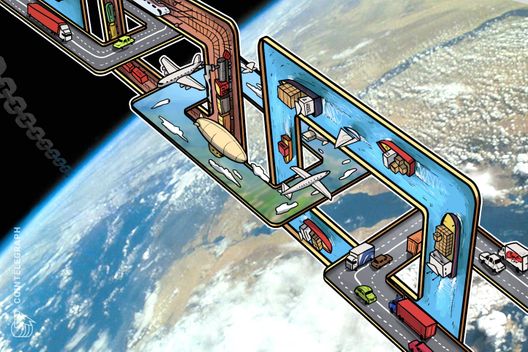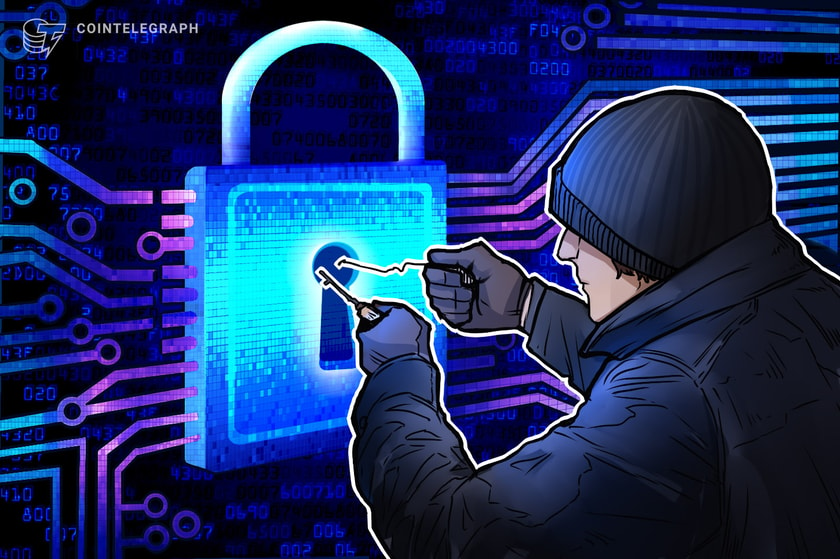Ukrainian art museum to preserve art and cultural heritage through NFT auction
The Kharkiv Art Museum launched a new NFT collection on the Binance NFT marketplace to help raise funds for operations and preservation of cultural heritage.
255 Total views
22 Total shares

As the Web3 space expands, nonfungible token (NFT) use cases continue to develop past the hyped days of stagnant digital art collections. However, even within the art realm, NFT utility is being reinvented, as is the case with a Ukrainian art museum.
The Kharkiv Art Museum announced on Oct. 13 its “Art without Borders” NFT collection is now available on the Binance NFT marketplace.
It includes 15 pieces of art from the museum’s collection, with proceeds going back to finance the museum and “save the cultural heritage of Ukraine,” as stated by the official announcement.
The museum is one of the oldest in Ukraine, with nearly 25,000 works of fine art by artists from Ukraine and around the world. Artwork by Albrecht Dürer, Georg Jacob Johann van Os, Ivan Aivazovsky, Simon de Vlieger and others is featured in the NFT collection.
Binance NFT head Lisa He told Cointelegraph that in a time of conflict, when donors are looking for a secure and sure way to give funds, NFTs offer reassurance
“[NFTs] offer peace of mind and security for donors because all transactions are registered on blockchain technology. All donations to causes via NFTs are tracked and can’t be altered or deleted.”
The Binance exec continued to say that the transparency of the blockchain also allows donors to know when and if funds reached their desired destination.
Related: Museums in the metaverse: How Web3 technology can help historical sites
Museums have utilized NFTs as a means to digitalize art in the past such as the Royal Museum of Fine Arts Antwerp which tokenized a piece in its collection worth millions of euros.
Art has even been NFT-ized in metaverse museums; like when Frida Khalo’s family brought a never-before-seen piece from their private collection into Decentraland.
Meanwhile, the city of Kharkiv has been subject to intense fighting in the ongoing conflict between Ukraine and Russia. Therefore, this collection’s utility can preserve culture currently at risk of being destroyed, which was the case in the infamous looting of the National Museum of Iraq in Baghdad in 2003.
Lisa He says the combination of “nascent NFT technology and the long-standing Ukraine culture heritage in the NFT will support rebuilding culture and history in real life.”
Already NFTs have been used as an act of aid and resistance in Ukraine during these turbulent times. Proceeds from an NFT auction were used to help restore physical monuments which have taken damage from the conflict.
The Ministry of Digital Transformation in Ukraine even launched its own digital NFT museum in order to document and preserve a timeline of major events in the conflict.
Lisa He said Binance will continue to support NFT projects that create practical and scalable solutions for various social problems, “including the preservation of Ukraine’s cultural heritage.”









